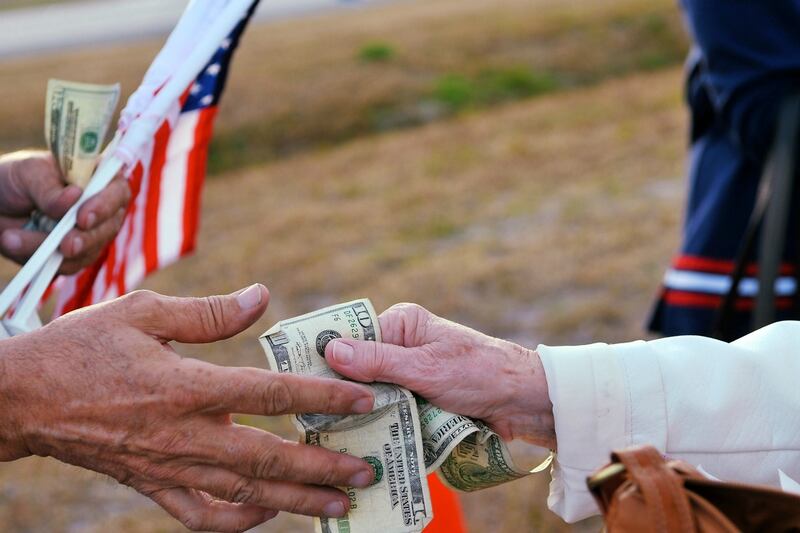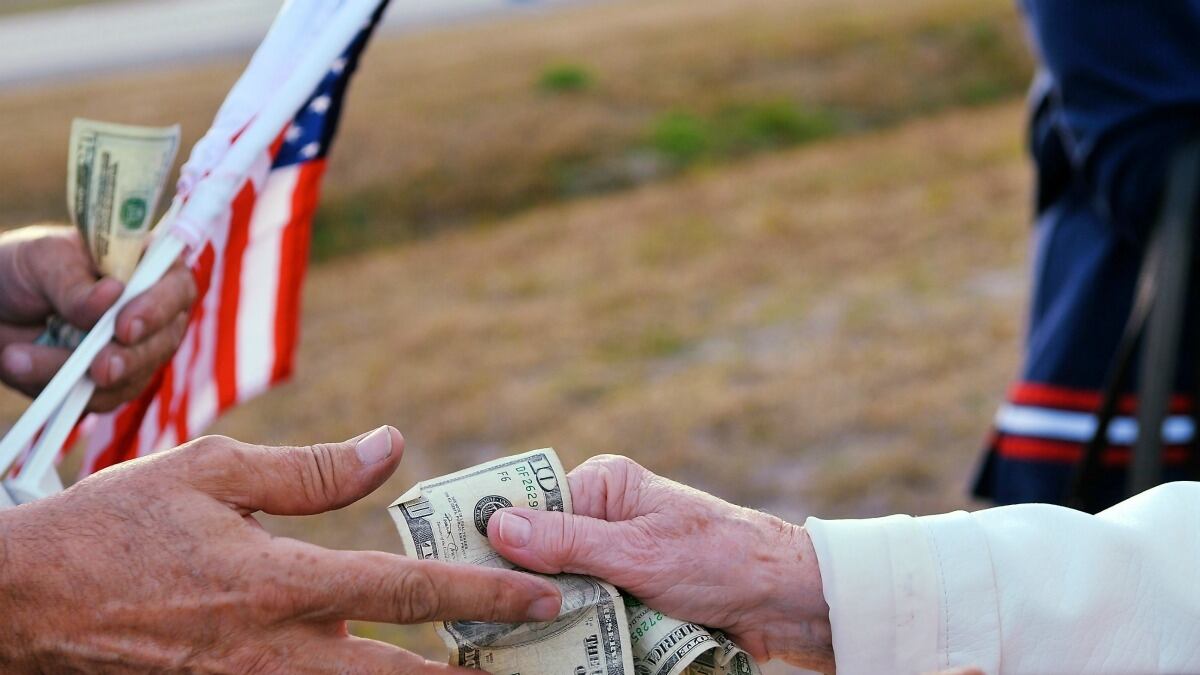
My blogpost last week on the case for lower capital gains taxes attracted some unusually distinguished rebuttals: Paul Krugman, Jared Bernstein, and The Economist's Democracy in America blog.
My claim was this:
A capital gains tax is a tax on the transfer of capital assets. You want to keep that tax as low as possible to encourage the efficient use of assets. Which is why almost every advanced economy taxes capital gains at a low rate—sometimes 0—and why the US has distinguished between capital gains and ordinary income since the institution of the income tax.
Let me offer a concrete example.
Mr. Gonzalez owns a bodega. It's not a very good store, it does not meet the needs of its customers especially well, but it is well located and throws off a tidy income: say $100,000 per year, just to make the math easy.
Land values are rising in Mr. Gonzalez's neighborhood. A better merchant has a better plan for Mr. Gonzalez's store. He offers Mr. Gonzalez $2 million for the store and land.
Mr. Gonzalez calls his broker. The broker can find him an annuity that pays 5%. Mr. Gonzalez can quit work tomorrow and still collect $100,000 a year from his asset. That's an easy decision! Mr Gonzalez sells. The neighborhood gains a new and improved store in place of Mr. Gonzalez's crummy bodega.
But of course there are taxes to pay. Mr. Gonzalez checks his books. Over the years, he has invested a total of $500,000 in his store. The $2 million purchase price thus represents a $1.5 million capital gain.
Luckily for Mr. Gonzalez, the tax rate is a low 15%, or $225,000. With the remaining $1.775 million, he can buy an annuity that yields almost $89,000 - which still beats working.
The transaction happens.
But there is some rate of tax at which the transaction does not happen. At a 50% capital gain rate, for example, Mr. Gonzalez would be left with only $1,250,000 to invest, or only enough to buy a $62,500 annuity. He cannot accept so big an income drop. The transaction does not happen—and everybody is worse off.
I chose the bodega example deliberately. Too often when people talk of capital gains, they think of financial assets only: stocks and bonds. (The Economist's blogger falls into this trap.)
Yet financial assets are perhaps the class of asset to which capital gains taxes are least relevant. Financial assets are often owned either by tax-exempt entities (pension funds), or in tax-exempt vehicles (IRAs), or by foreigners who do not pay US taxes at all.
The assets most affected by capital gains taxes are non-financial. One type of asset we should be especially worried about is the under-performing corporate division.
ACME has a mousetrap division that is not performing very well. At a 15% capital gains rate, it sells to better managers and reinvests the money. At a 50% rate, it tries to turn the division around itself—probably unsuccessfully, and in a way that wastes both shareholder money and social resources.
Krugman and Bernstein challenge me to quantify how big these problems are. They point out that there's no very obvious connection between capital gains rates and overall levels of investment.Well, there are always studies. Ezra Klein has a good summary of the debate here.
But two issues:
1) First, other things are rarely equal. The capital gains rate will never be a driver of investment, only a constraint upon it. Look at my Gonzalez example above: the first condition for the transaction is the rise of land values in Mr. Gonzalez's gentrifying neighborhood.
And as well,
2) There are always work-arounds!
Let's make Mr. Gonzalez's store a bigger concern. Add a zero to all the values. Suddenly a clever tax adviser sees possibilities, even at a 50% tax rate. Instead of selling the Gonzalez property for $20 million, triggering $7.5 million of tax, why not donate the property to Mr. Gonzalez's church and claim a $20 million tax receipt? The church can then lease the ground to the new merchant. Perhaps the new merchant reduces the rent to the church, then hires Mr. Gonzalez's company as a "consultant" to generate an income stream for Mr. Gonzalez against which the tax receipt can be applied?
Even at 50%, in other words, a transaction can still happen—because the tax is avoided by means of a lot of wasteful side transactions involving charitable institutions, appraisers, consultants, etc.
In this world, the effect of cutting the capital gains rate from 50% to 15% won't be to spur transactions that would otherwise never occur. The effect would be to enhance the efficiency of such transactions as they occur—while actually increasing the flow of money to the Treasury as investors decide it's cheaper and easier to pay the tax than to maneuver expensively to avoid the tax.
- MORE TO COME -






